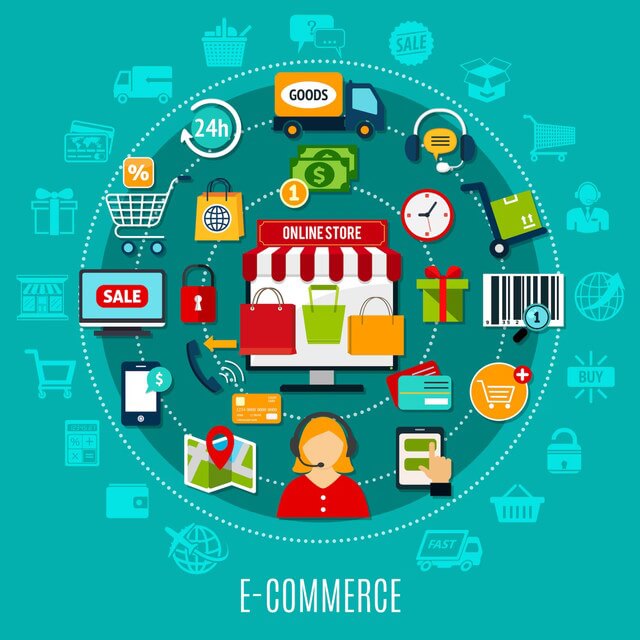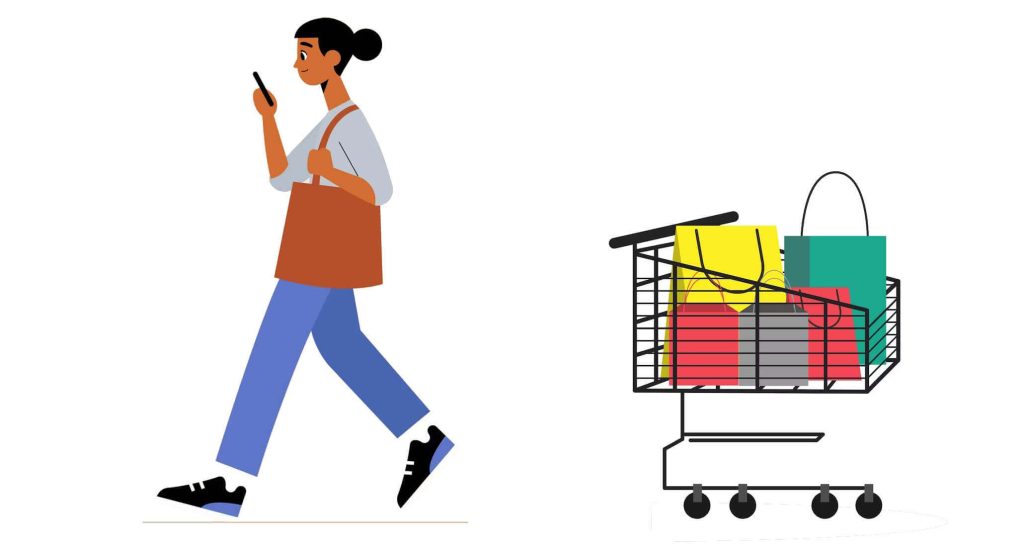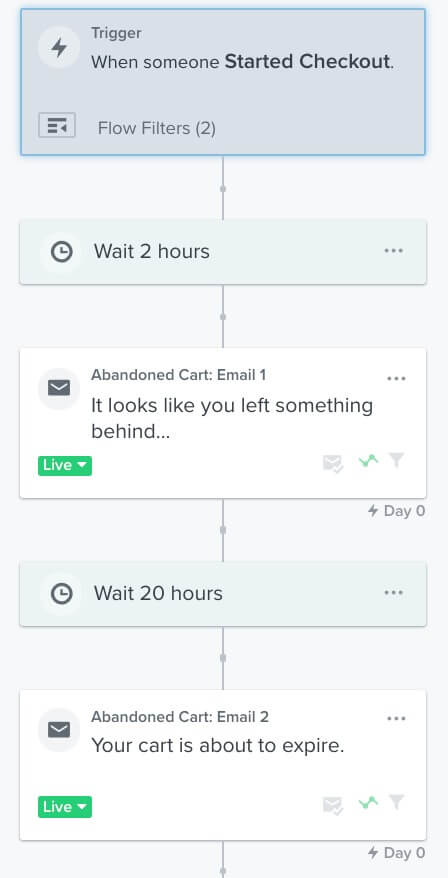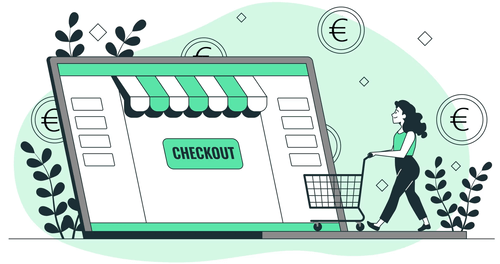If you’re looking to increase your sales on your e-commerce site there are a number of tools you should consider adding to your site to increase your conversion rate. We look at some of the most effective here, see what could help you!

Simply setting up an e-commerce site is not going to maximise your sales, today there are a wealth of different tools, software and techniques to increase your sales. However there are so many that it can be difficult to know what is actually useful and what is a waste of time and money. In this article we look at some of the tools that have worked the best for our customers over the last few years so you can see what’s right for your company.
On-site Chat
Live Chat

Most of us are now familiar with live chat on websites. It has become a very popular and effective part of e-commerce sites over the last few years allowing customers to resolve any problems, get more information and complete sales.
51% of customers surveyed prefer live chat compared to either phone calls or emails because they don’t have to wait, they can quickly follow up and it allows the customer to multi task as they have the conversation. Live chat also has the highest satisfaction rate among customers with 92% of people, well above the satisfaction rates of other communication channels.
Companies also benefit by being able to hold multiple conversations at the same time as they wait for customer replies. Live chat agents have been found to be able to handle 4 times as many customers per hour as phone agents. But the main benefit for companies are that when customers use live chat they are 2.8 times more likely to complete a sale.
Customer Service Hubs
Live chat is an integral part of modern e-commerce customer support hubs. These hubs work to draw all customer queries into one interface making it far easier for employees to see every one of any individuals customer interactions with the company.
Email, live chat, text messages and phone calls can all be logged and replied to within the one window allowing for faster response times, less employee time spent on customer service and happier customers getting faster responses. These hubs can reduce time spent on customer service by 30% and the higher satisfaction from good customer support can lead to increases in average order value and increases in repeat purchases.
AI Chat
While true AI may not be here yet, we have reached the point that there are systems that can deal with the initial and most common questions presented by customers. This means reducing the wait time for customers to essentially no time at all and filtering some of the most common questions away from your real life customer service operatives saving them time and allowing them to help with more complicated questions and issues.
Cart Abandonment

The Problem
Cart abandonment is a huge issue for e-commerce sites across every industry. The average cart abandonment rate across the U.S. is almost 75%. All of these are potential customers that had gone as far as choosing a product, adding it to the cart but then something stops them from completing the sale. Some things will be out of the hands of the retailer but many of them can be mitigated to improve conversion rates.
The Solutions to Cart Abandonment
There are many reasons that people fail to go through with their sales online. A large number of these can be addressed by the retailer to reduce cart abandonment and increase sales.
Email Cart Recovery Strategy: An email-based cart abandonment strategy is an effective way for e-commerce businesses to recover lost sales and increase their conversion rates. The strategy involves sending personalized and targeted emails to customers who have abandoned their shopping carts, with the goal of encouraging them to complete their purchase. The effectiveness of cart recovery does vary based on industry and average cart sizes but the average is between 5% and 10% representing an excellent return.

Shipping Costs: According to Statista 58% of people who abandon their carts do so because of unexpected shipping costs. Being clear on the product page what the shipping costs are can reduce cart abandonment issues but another popular way to deal with this issue is to offer free shipping on all orders. 47% of shoppers will even pay more for a product in order to get free shipping. It also eliminates any surprise at the end of the checkout for customers and can be used as a selling points by your business.
Creating Accounts: 5% of customers will abandon a checkout if they have to re-type a password to confirm it. 23% will abandon if they have to create an account to complete a sale. While, from a marketing standpoint, it would be great to have customers sign up for accounts and marketing emails, having a guest checkout option is essential for modern e-commerce businesses.
Live Chat: As we mentioned above, customers that can engage with the company are 2.8 times more likely to complete a sale because any questions or queries can be answered immediately instead of making customers wait for an email or until they can get to a phone.
Retargeting: Using ad tools such as Google Ads and Facebook to retarget your customer with reminders of the product they were looking have been shown to make them 70% more likely to go back to the site and complete the sale.
Payment Systems

Flexible Payment Options
Offering a flexible payment option can be a game-changer for an e-commerce business. The option of a “buy now, pay later” service, which allows customers to purchase items and pay for them in installments is becoming more and more common and has major benefits for companies.
Increased Sales: When you offer the ability to pay off a purchase over a period of a few months instead of all at once it can reduce consumer anxiety over larger purchases. Depending on the type of business it’s been shown that offering flexi-pay options can increases the number of sales by 20%.
Larger Sales: When customers have the ability to pay over time it also leads to increased order values. Picking up an accessory or going for the upsell on an item is easier for customers to do when they can focus on a small monthly cost rather than the total figure.
Low Risk: Usually the payment processor that offers the payment plan will assume the risk if the customer fails to pay. Payment companies terms and conditions do vary but in most cases you never have to worry about non payment once the customer is approved for a flexi-pay plan.
Digital Wallets (Apple Pay / Google Pay / Revolut)
As peoples habits change it’s important that retailers move to meet their customers in embracing the changes. Apple Pay, Google Pay and Revolut have become very popular among Irish consumers and all 3 allow integrations with your site to allow your customers to pay straight from their digital wallet.
As more and more e-commerce moves to mobile phones the simplicity of paying with a tap is becoming more commonplace and more of an expectation. This is particularly true among younger consumers who have grown up with mobile phones, for younger consumers convenience is extremely important. Customers who use mobile payment systems are also more likely to complete their transaction on their first visit reducing the likelihood of them looking to competitors sites.
Other Important Tools
Social Login
Social login is a feature that allows users to log into an e-commerce site using their social media credentials, such as their Facebook, Google, or Twitter account. There are several benefits to implementing social login on an e-commerce site. Firstly, it simplifies the registration and login process for users, as they do not need to create a new account or remember another set of login credentials. This can help to reduce friction in the checkout process and improve conversion rates.
According to a study by Janrain, 92% of online shoppers are more likely to trust a site with social login, and 77% of consumers prefer social login over traditional registration forms. Furthermore, sites with social login have been shown to have higher engagement rates and longer session durations.
Personalisation Engines

These personalisation tools can create a unique shopping experience for each customer meaning they see more relevant content. Analyzing how users navigate the site, what they’re interested in and other data means they can use this to create personal recommendations for each customer. This means that your customers get more relevant information and products leading to longer time on your website as well as an average of over 10% increase in sales.
Conclusion
These tools, when used together and set up by someone experienced, can make a profound difference to your e-commerce business and your profits. A well organised set up will mean:
Higher sales
Reduced cart abandonment
Less time spent on customer service
Higher customer satisfaction and loyalty
Larger average sale value
Less time spent on managing the e-commerce side of the business
Increased rate of repeat sales
These tools, used well, can take your E-Commerce business to the next level while your competition is still standing still giving you all the advantages.

